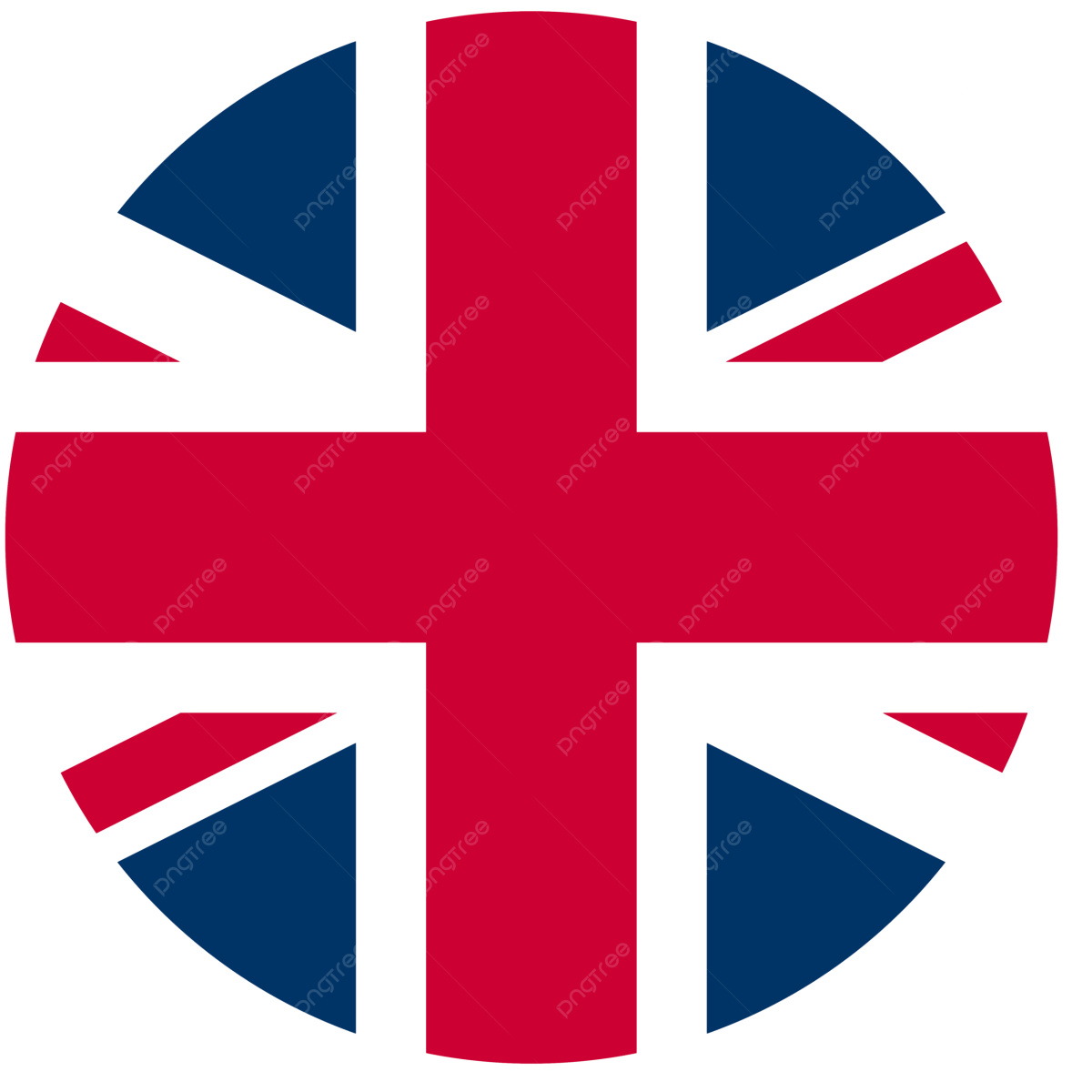In a tight market, real estate stagers help sellers turn raw rooms into buyer-ready spaces that photograph beautifully and show even better. This article explains what stagers do, when to choose physical, virtual, or hybrid approaches, and how Bella Virtual streamlines the process so agents list faster with credible, style-right visuals that match local expectations.
Highlights
- Faster first-week traction: Targeted planning shortens days-on-market and reduces price cuts.
- Design clarity sells: Scale-accurate furniture and lighting improve buyer comprehension online.
- Virtual staging velocity: 24-hour renders enable next-day listings and stronger engagement.
Who Are Real Estate Stagers and How They Transform Homes Before Selling
Real estate stagers prepare properties to meet buyer expectations, online and in person. They translate market signals into a room-by-room plan that clarifies function, scale, and flow. The goal is simple: reduce friction, boost perceived value, and support confident offers.


Stagers start by identifying the likely buyer, then align style, layout, and finishes to that profile. Traditional stagers manage on-site installs with furniture and decor, while virtual stagers produce photorealistic images that show potential. Both paths are valid and often combined. For context on impact, see this neutral industry survey data from the National Association of Realtors, which summarizes reported benefits of staging for sellers and agents.
- Buyer alignment: Present rooms the target audience instantly understands.
- Photo-first story: Plan angles and compositions before styling begins.
- Clear purposes: Define how each space functions at a glance.
Traditional Stagers vs Virtual Stagers
Traditional staging shapes in-person experiences and solves tactile issues. Virtual staging accelerates marketing with fast, style-accurate imagery. Choosing between them depends on timeline, budget, and how much the home needs hands-on fixes before photos and tours.
Physical installs add real furniture, textiles, lighting, and art to clarify scale and circulation. Virtual staging, by contrast, uses professionally shot photos and overlays lifelike furnishings to illustrate possibilities. Both approaches share the same objective, to help buyers see themselves in the space.
- Hands-on fixes: Use physical installs to solve layout and lighting issues.
- Speed to market: Choose virtual when you need images in 24 hours.
- Hybrid wins: Combine light edits with renders for budget control.
Core Outcomes For Sellers
Done well, staging increases clarity and reduces doubt. Buyers understand room size, furniture counts, and traffic paths. Better comprehension shortens decision cycles, leading to more qualified showings and stronger first offers.
Photo-ready rooms improve thumbnail performance on listing portals, while cohesive styling reduces visual noise during tours. Lighting layers, right-scale seating, and balanced accessories make images read crisply at wide and medium angles. The net effect is momentum: more saves, more tour requests, and a smoother route from first click to offer.
- Crisp thumbnails: Images stand out in crowded listing grids.
- Fewer objections: Clear layouts reduce confusion at showings.
- Offer confidence: Cohesion supports perceived quality and value.
See more: How a Real Estate Virtual Assistant Helps You Close More Deals
From Plan To Design: Discovery, Preparation, and Execution
The process follows a practical sequence so choices reinforce the same story. Discovery clarifies the buyer and timeline. Preparation handles cleaning, repairs, and edits. Execution delivers consistent, camera-first rooms that show well online and in person.


Discovery defines buyer personas, must-show rooms, and style guardrails. Preparation lists quick wins, from paint touch-ups to lighting tweaks. Execution sets the design, coordinates photography, and confirms quality. This keeps decisions coherent and prevents piecemeal fixes that dilute impact. For a broader marketing context, this independent analysis
3D visuals show how enhanced imagery can influence engagement.
- Sequence matters: Plan, prep, and execute in a tight loop.
- Camera-first: Design to win thumbnails and hero frames.
- Measure results: Track saves, tours, and offer timing.
Buyer Persona and Scope
Personas guide every stylistic decision. Defining the most likely buyer clarifies palette, materials, and layout choices. Prioritizing rooms that drive offers focuses on the budget where it matters most.
Stagers document who they are designing for, what those buyers value, and how the home competes with active listings. Scope sets guardrails for style, color, and merchandising so spaces feel consistent. It also lists measurable goals, for example improving light perception or adding a defined work zone. This discipline keeps staging on-message from first photo to final tour.
- Room priorities: Lead with spaces that influence offers.
- Style guardrails: Keep colors and textures consistent.
- Proof goals: Define what success looks like upfront.
Budget, Timeline, and Logistics
Transparent budgets and schedules reduce friction. Clear access rules, insurance coverage, and roles prevent last-minute surprises and protect the property during install and pickup.
Stagers outline fees, inventory needs, and delivery windows tied to photography dates. They coordinate with agents, residents, and building staff for smooth site access. Insurance requirements and responsibilities are documented. A detailed schedule aligns install, photography, and listing launch so marketing starts at full strength.
- Aligned to launch: Work backward from photo and listing dates.
- Clear contacts: Assign who approves and who unlocks.
- Protections listed: Document coverage and site rules.
Vacant vs Occupied Strategies
Vacant homes need furniture to prove scale. Occupied homes benefit from editing and selective supplementation. The aim is the same, a calm, buyer-aligned canvas that photographs clearly.
For Vacant listings, right-scale sofas, dining sets, and beds prevent rooms from feeling smaller than they are. For occupied spaces, stagers edit belongings, rearrange layouts, and add targeted pieces that unify the look. Both routes reduce visual noise, improve flow, and make photos read sharply without misrepresenting the property.
- Define function: Show seating counts and workable circulation.
- Unify visuals: Keep palettes tight to avoid noise.
- Edit ruthlessly: Remove anything that confuses scale.
Furniture, Lighting, and Layering
Scale comes first, then lighting, then texture. This order ensures legible photos and comfortable tours. Accessories should highlight architecture, not compete with it.
Seating and casegoods must fit the architecture and preserve pathways. Lighting mixes ambient, task, and accent sources to build depth on camera. Textiles and art add warmth without clutter. Each choice aims to make wide shots clean and mid-shots engaging, so galleries earn clicks and in-person visits feel composed.
- Right-scale pieces: Match furniture to room proportions.
- Layered lighting: Balance ambient, task, and accent light.
- Focused accessories: Support focal points, avoid clutter.
Photo-Ready Execution and Marketing
Execution turns design into assets that perform. Teams plan angles, verify sightlines, and finish details so the camera sees order and light rather than distractions.
On shoot day, textiles are steamed, art leveled, cords hidden, and reflective surfaces checked. Pros confirm hero angles and secondary frames that will appear in search results and listing galleries. After the contract, de-staging is scheduled to protect timelines and minimize disruption to sellers and building staff.
- Hero angles: Plan the shots that sell the story.
- Detail sweeps: Fix tiny issues that cameras exaggerate.
- Smooth wrap: Schedule de-staging to protect closing.
Watch more: 10 Best Virtual Interior Design Services to Transform Your Space
How Bella Virtual Virtual Real Estate Stagers Transform Homes Before Selling
Virtual staging compresses timelines while staying credible. The Bella Staging approach blends interior design judgment with visualization craft so images feel faithful to the home and persuasive to buyers.


You provide professional photos, then our designers prepare a room plan and deliver photorealistic images, typically in about 24 hours. Interior designers set style and scale, while graphic specialists refine materials and lighting. When speed matters, our virtual staging service helps agents publish next-day updates without compromising realism.
- Designer oversight: Interior pros ensure style matches buyer profiles.
- Rapid delivery: Standard rooms turned around in about a day.
- Credible visuals: Realistic materials, shadows, and proportions.
Designer-Led Virtual Staging Workflow
A designer leads every image from brief to revision. That keeps proportions accurate and styling consistent with local comps. Clear steps make results repeatable across rooms and property types.
After we scope rooms and intended styles, we produce first-pass images, then refine color balance, furniture scale, and small details. You receive labeled, disclosure-compliant files ready for MLS and portals. Revision loops are quick and focused, so campaigns adapt without losing momentum.
- Tight brief: Capture buyer, style, and must-show features.
- Focused edits: Iterate on scale, color, and alignment.
- MLS-ready: Deliver labeled files sized for key portals.
Branded Furniture Catalogs
Recognizable pieces increase credibility. Buyers connect what they see online to real products they could own. This narrows the gap between aspiration and purchase.
When you choose, we stage branded catalogs from respected partners to ground the look in reality. It is a subtle trust signal that also helps agents answer “where can I buy this?” during tours. The goal is plausibility, not product pushing, so the home remains the hero.
- Trust signal: Familiar designs feel believable to buyers.
- Clarity: Easier to discuss items during showings.
- Focus: Keep attention on architecture and layout.
3D Visuals and Room-By-Room Plans
Some listings benefit from more than one staged image. Complex layouts, flexible dens, or awkward niches often need a plan view or alternate arrangement to click with buyers.
We can deliver 3D visuals and measured layouts to explain how zones connect, where seating fits, and how traffic flows. These assets support agent narratives and reduce uncertainty for buyers evaluating fit. When listings demand deeper visualization, ask about residential 3D rendering options that extend beyond single images.
-
Clarity: Show multiple workable layouts for tricky rooms.
-
Education: Help buyers understand scale and circulation.
-
Momentum: Keep prospects engaged with extra context.
Why Sellers Choose Bella Virtual
Sellers pick Bella Virtual for speed, accuracy, and reliability. The workflow is transparent, deadlines are clear, and communication is fast. Results are consistent from the first room to the last.
Compared to generalized platforms, you get deeper design attention and a team that treats each listing like a targeted campaign. Templates for common room types keep quality high, while custom touches reflect architecture and buyer profile. Support is responsive and pragmatic, so agents can pivot quickly without losing cohesion across marketing assets.
-
Consistency: Uniform quality across rooms and projects.
-
Responsiveness: Quick clarifications and focused revisions.
-
Fit to market: Styles aligned with local comps and buyers.
FAQs: Real Estate Stagers
1. What do real estate stagers actually do for a seller?
They evaluate the property, define the likely buyer, and create a plan emphasizing light, space, and function. Then they execute a room-by-room design that photographs well and feels coherent during tours. The outcome is a clearer story and a smoother path from first click to offer.
They typically start with discovery and a scoped plan, then handle prep and execution. For example, a small condo might focus on living, dining, and a work nook. Steps could include decluttering, lighting adjustments, and styling to clarify seating counts and traffic paths for photos and showings.
2. How much do real estate stagers cost compared to DIY?
Costs vary by market, scope, and whether the home is Vacant or occupied. Professional staging often pays for itself through faster days on market and stronger perceived value. DIY can help with simple edits, but pros bring inventory, a tested process, and quality control that scales across rooms.
A practical approach is to request a scoped estimate, prioritize high-impact rooms, and set a photo date. If the budget is tight, combine light physical edits with a few virtually staged images. This hybrid keeps momentum while controlling costs and still telling a cohesive story.
3. Do real estate stagers help both vacant and occupied homes?
Yes. For Vacant properties, stagers bring in right-scale furniture to define function and scale. For occupied homes, they edit belongings, supplement with targeted pieces, and optimize layouts for photography. Both paths aim for a calm, buyer-aligned presentation that supports confident offers.
Consider this sequence for occupied homes, remove excess items, float furniture off walls to improve flow, and add textiles that unify color and texture. For Vacant listings, ensure anchor pieces show workable seating counts and keep circulation open for tours.
4. Is virtual staging allowed and ethical for listings?
Virtual staging is acceptable when clearly disclosed and when edits remain realistic. Best practice is to label images and avoid changing fixed property conditions. The goal is to help buyers visualize potential while preserving trust and compliance with platform rules.
A simple checklist helps, disclose virtual images in captions, keep architectural elements accurate, and avoid removing material defects. This protects credibility and ensures buyers are not misled about permanent features or conditions.
5. How quickly can staging be completed before listing day?
Traditional installs often take one to three days after planning. Virtual staging can deliver images within about 24 hours, allowing you to update listings the next day. This speed is valuable when refreshes are needed mid-campaign or when competing listings launch soon.
To move fast, book photography early, finalize the style brief, and identify must-show rooms. Then approve first passes quickly so refinements stay on schedule and the listing benefits from peak attention windows on major portals.
Conclusion
Effective marketing starts with clarity. Real estate stagers convert rooms into buyer-friendly stories that read beautifully online and in person. If you want speed with credibility, Bella Virtual pairs design expertise with rapid virtual staging, branded furniture options, and responsive support so your listing enters the market with confidence. For next steps, contact us now!














